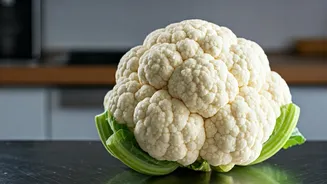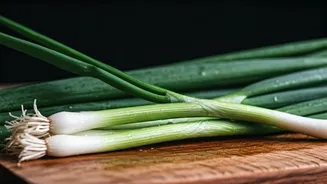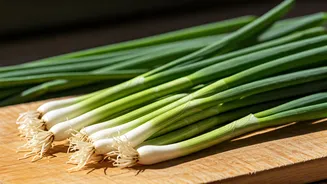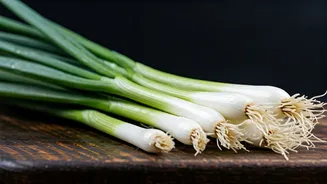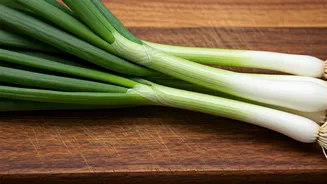Why Deep Cleaning?
Cauliflower's unique structure, with its tightly packed florets, can trap dirt, debris, and occasionally, small insects like worms. Standard rinsing might
not be enough to remove everything. Thorough cleaning is critical for both hygiene and taste. A well-cleaned cauliflower is not only safer to eat, but it also provides a better culinary experience. Ensuring that the cauliflower is cleaned properly allows the natural flavors of the vegetable to truly shine. Proper cleaning becomes an essential step in preparing it for various dishes, from simple side dishes to complex recipes. Taking the time to properly clean your cauliflower ensures that every bite is enjoyable and free from unwanted elements.
The Initial Prep Stage
Start by examining the entire cauliflower head. Look closely for any visible dirt, dark spots, or tiny insects. Remove the outer leaves, which often harbor more dirt. If you find any discolored spots or blemishes, trim them away. This initial inspection is crucial for a clean start. After removing the outer leaves, give the cauliflower a preliminary rinse under cold, running water. This initial step helps to remove any loose dirt or debris from the surface. Be gentle while handling the cauliflower to prevent any damage to the florets. Preparing the cauliflower for the cleaning process at this stage will make the later steps much more effective.
The Water Bath Method
This technique involves soaking the cauliflower in a water bath to dislodge any hidden dirt or insects. Fill a large bowl with cold water. Add a tablespoon of salt or vinegar; this helps dislodge any hidden dirt and potential insects, and they will sink to the bottom. Submerge the cauliflower head in the water, ensuring it's completely covered. Allow it to soak for about 15-20 minutes. The salt or vinegar helps to loosen any trapped debris. Gently swish the cauliflower around in the water during this time. This action will help release any dirt or insects. After soaking, lift the cauliflower out of the water. Rinse it thoroughly under cold, running water to remove any remaining salt or vinegar residue. The water bath method is a simple but effective way to ensure a thorough cleaning.
Floret-by-Floret Approach
For a more detailed cleaning, especially if you suspect the presence of insects, consider separating the cauliflower into individual florets. Cut or break the cauliflower into florets. Rinse each floret under cold, running water. Ensure that water reaches every crevice of each floret. You can also use a small brush to gently scrub the florets. Pay close attention to the areas where the florets connect to the stem, as these spots can often trap dirt. After rinsing, place the florets in a colander to drain excess water. This step helps to ensure that all dirt is removed and prevent a soggy texture. This meticulous approach guarantees a more thorough cleaning process.
Drying and Storage
After cleaning, drying the cauliflower properly is essential to prevent it from becoming soggy and to extend its shelf life. Place the cleaned cauliflower florets on a clean kitchen towel or paper towels. Gently pat them dry to remove any excess moisture. Ensuring the cauliflower is thoroughly dried helps in preventing bacterial growth. Store the cauliflower in a breathable container or a perforated bag in the refrigerator. Proper storage will keep your cauliflower fresh for longer. Make sure to use the cauliflower within a few days for the best quality and flavor. A properly cleaned and dried cauliflower is now ready to be used for your culinary creations.
